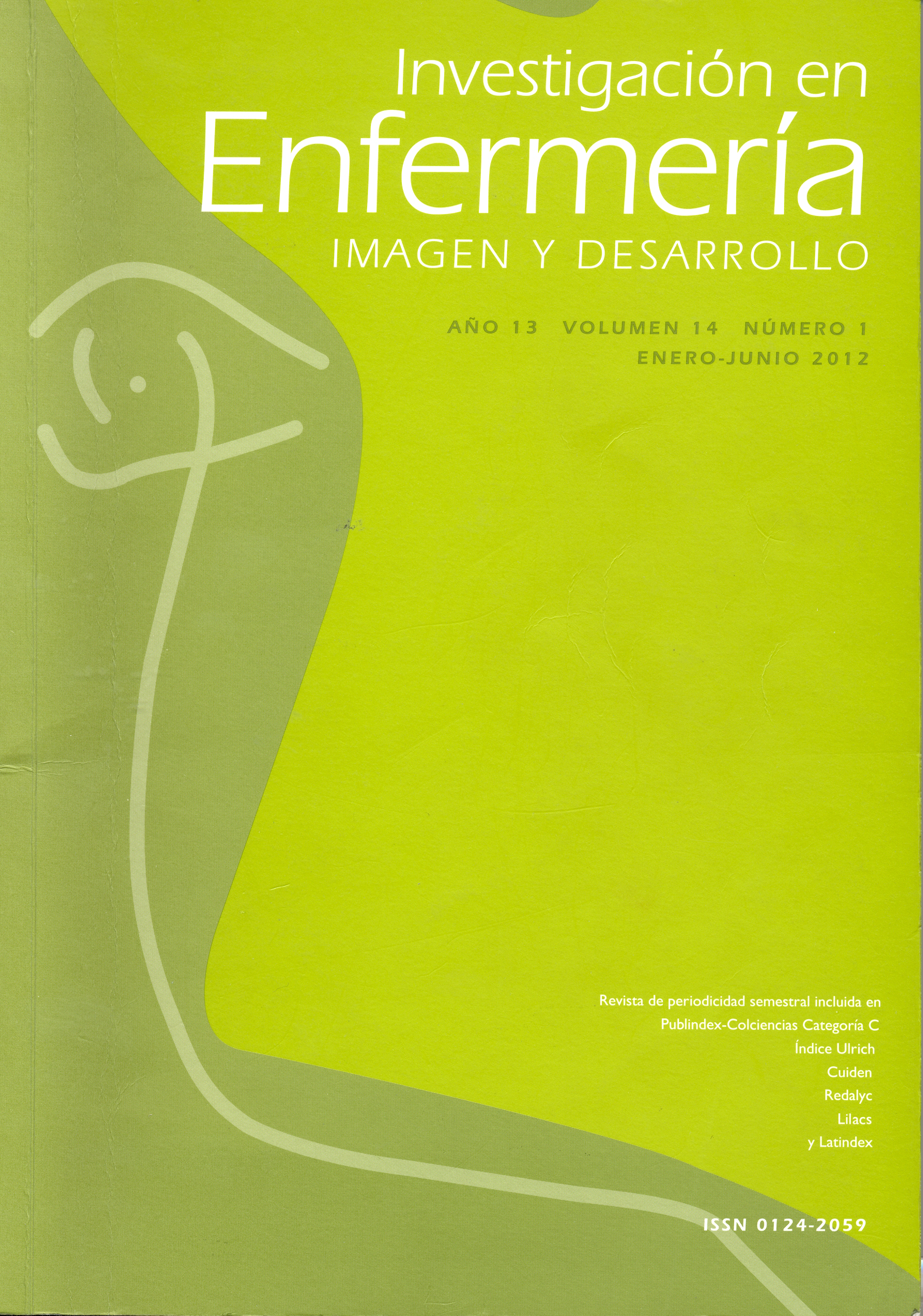Nursing Interventions to Prevent Ventilator-Associated Pneumonia in Critically Ill Adults
##plugins.themes.bootstrap3.article.details##
Abstract
Ventilator-associated pneumonia (VAP) is one of the most prevalent hospital-acquired infections in intensive care units, which in turn contributes to increases in morbidity and mortality rates, hospital stay and, therefore, hospital costs. Given that VAP is a pathological process that develops in the hospital and it is considered a preventable entity, the Nurse Practitioner plays a key role in leading and developing appropriate care interventions to prevent its occurrence and cross-transmission, and to optimize the use of invasive devices. In the light of the above, this article reviews the epidemiological context of VAP and the different care interventions (pharmacological and formative) conducted or led by the nursing personnel.
Keywords
References
How to Cite
Achury Saldaña, D. M., Betancourt Manrique, Y., Coral, D. L., & Salazar, J. (2012). Nursing Interventions to Prevent Ventilator-Associated Pneumonia in Critically Ill Adults. Investigación En Enfermería Imagen Y Desarrollo, 14(1), 57–75. Retrieved from https://revistas.javeriana.edu.co/index.php/imagenydesarrollo/article/view/3178
Issue
Section
Original Research Articles


